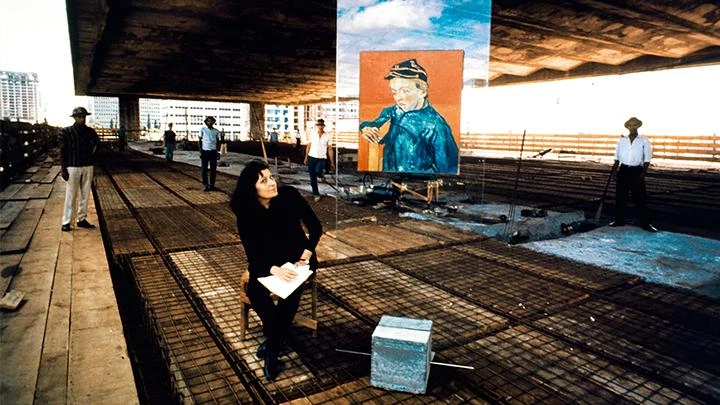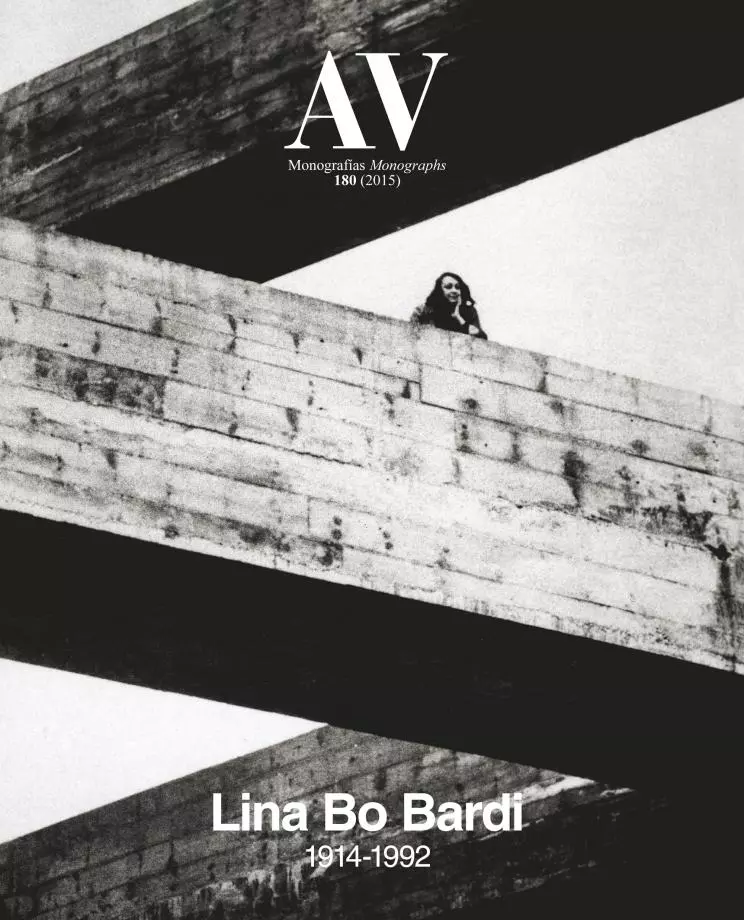An Anthropological Legacy

As is generally true for the best architecture produced in São Paulo, Lina Bo Bardi’s oeuvre takes flight at a moment in time when Brazilian architecture ceased to be focused on by other countries. This turning point occurred in the 1960s after the negative critical reception of Brasilia, the military coup which installed a dictatorial regime in the country in 1964, and a number of critical postmodern reviews from the northern hemisphere. Here, we must remember that from the mid-1950s onward, the valorization of regional contributions from ‘faraway countries,’ which had nourished the international success of modern Brazilian architecture since the ‘Brazil Builds: Architecture New and Old, 1652-1942’ exhibition at the Museum of Modern Art (MoMA) in NewYork in 1943, was gradually substituted by reviews of the Movimento Moderno, or International Style. During the 1960s, this review became highly critical with the ‘swan song’ of modernism in megastructure speculation, and the publication of the first decidedly anti-modern manifestos in 1966: L’architettura della città by Aldo Rossi and Complexity and Contradiction in Architecture by Robert Venturi. In the new international context that was about to emerge, it seemed Brazilian architecture was literally no longer ‘happening.’..





